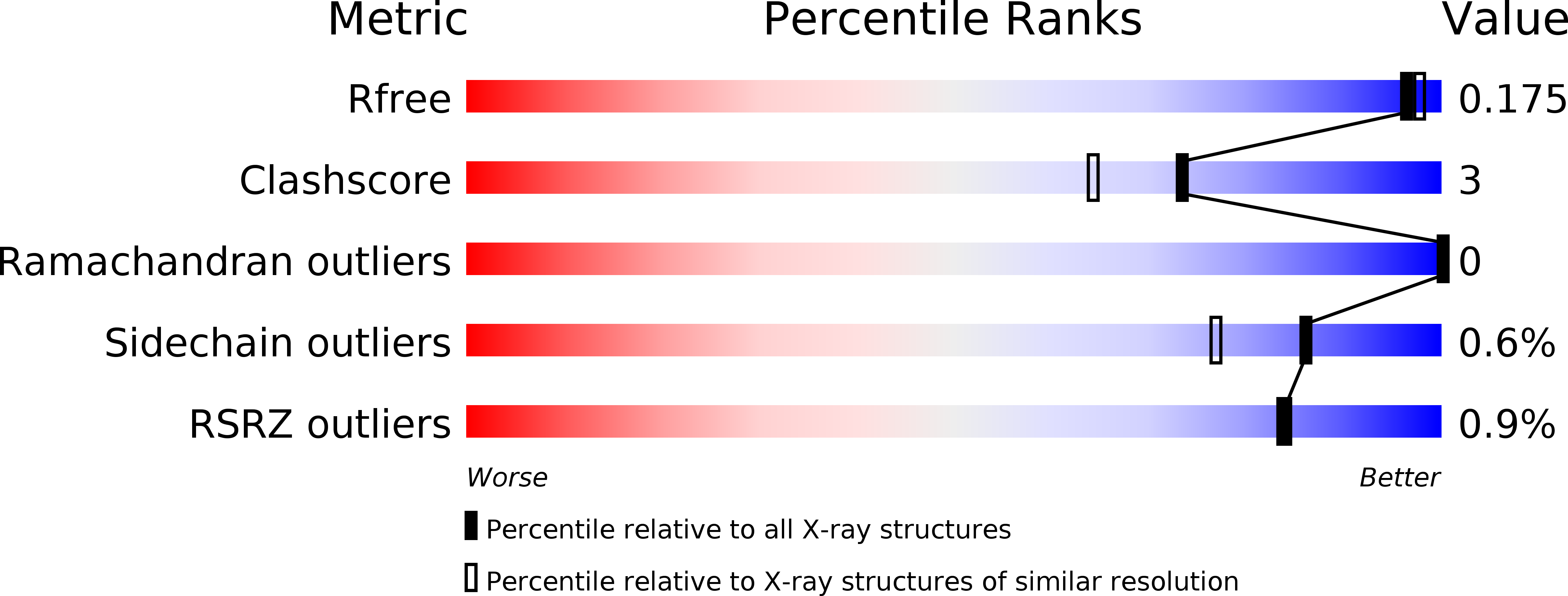
Deposition Date
2007-05-01
Release Date
2008-03-11
Last Version Date
2023-08-30
Entry Detail
PDB ID:
2PQC
Keywords:
Title:
CP4 EPSPS liganded with (R)-phosphonate tetrahedral reaction intermediate analog
Biological Source:
Source Organism:
Agrobacterium sp. (Taxon ID: 268951)
Host Organism:
Method Details:
Experimental Method:
Resolution:
1.60 Å
R-Value Free:
0.17
R-Value Work:
0.15
R-Value Observed:
0.17
Space Group:
P 1 21 1


